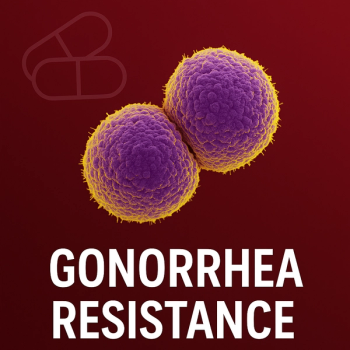
- May 2014
- Volume 1
- Issue 1
Combination Antiretroviral Therapy Effective for Preventing Spread of HIV between Cells
During experiments with cell-to-cell and cell-free transmissions, researchers showed that existing drugs are effective in suppressing the spread of HIV.
Researchers from Yale University have measured the efficiency of cell-free and direct cell-to-cell transmission of HIV using an experimental system. Their study, which was published in
In cell-free transmission, the virus particles move from one cell to another through intercellular space to find a target cell, to which it binds and subsequently infects. In direct cell-to-cell transmission, infected cells spread the virus through close contact and virological synapse: an organized contact area which concentrates virus particles and cellular HIV entry points.
The scientists tested each drug in cell-free and cell-to-cell situations, including:
- 6 different nucleoside analog reverse transcriptase inhibitors (NRTIs)
- 4 non-nucleoside analog reverse transcriptase inhibitors (NNRTIs)
- 4 entry inhibitors (ENT-Is)
- 4 proteinase inhibitors (PIs)
The results showed NNRTIs, ENT-Is, and PIs are highly effective at blocking the virus during cell-to-cell transmission, but NRTIs were unable to sufficiently block it. When the researchers combined 2 inactive NRTIs, they regained potent antiretroviral activity in the cell-to-cell experiment.
The multiplicity of infection (MOI), which is the ratio of the number of infectious particles to the number of target cells present in a defined space, is higher during cell-to-cell transmission, the investigators noted. When they changed the MOI in their experiments by adding more viruses to a defined space for their cell-free experiment, some NRTIs were ineffective when acting alone.
Higher drug concentration was required to suppress the elevated number of particles. Again, when 2 drugs were combined, they were effective.
Articles in this issue
over 11 years ago
Gene Therapy Shows Promise in Neutralizing HIVover 11 years ago
New Details about Hepatitis C Protein May Aid Development of Vaccineover 11 years ago
How Obamacare Will Affect HIV/AIDS Preventionover 11 years ago
Serious Liver Disease Rates Higher Among Coinfected Patientsover 11 years ago
Men with HIV Develop More Plaque in Coronary ArteriesNewsletter
Stay ahead of emerging infectious disease threats with expert insights and breaking research. Subscribe now to get updates delivered straight to your inbox.




























































































































































































































































































